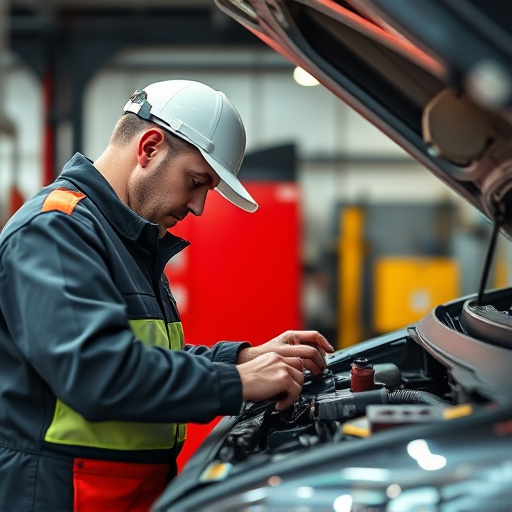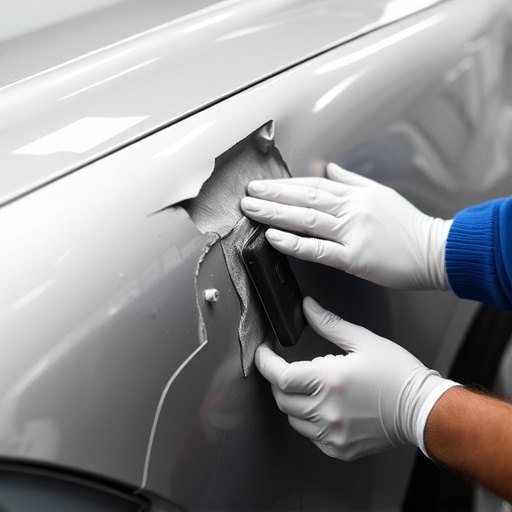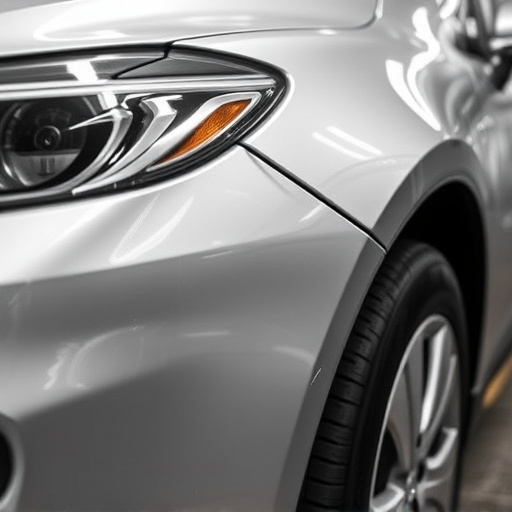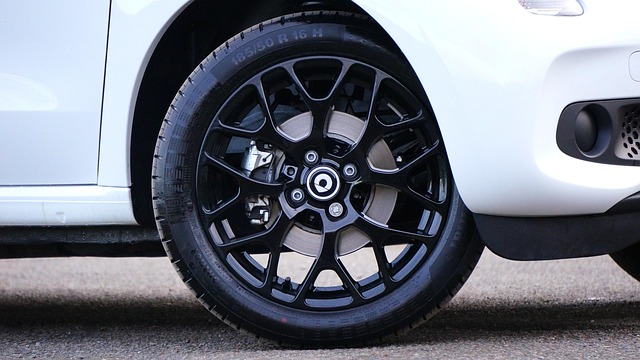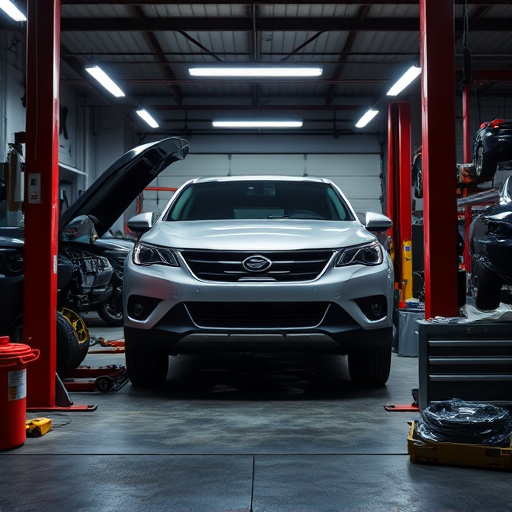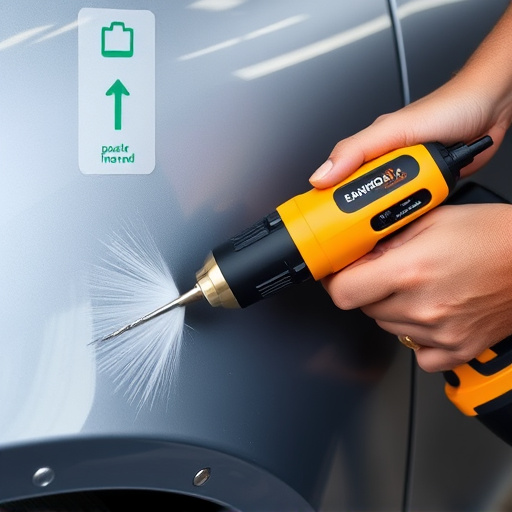Tempered glass installation enhances energy efficiency and sustainability in both residential and commercial settings. Its specialized production process offers superior strength, reducing heat transfer and lowering replacement costs. In homes, it regulates indoor temperatures, while in automotive repair shops, its impact resistance saves on collision repair energy costs. For maximum efficiency, seal properly and incorporate into insulated windows to minimize heat exchange, benefiting from reduced energy consumption, especially in extreme climates.
Tempered glass is transforming buildings into energy-efficient structures. This innovative material plays a pivotal role in mitigating environmental impact and reducing utility bills. In this article, we delve into the multifaceted benefits of tempered glass installation, exploring its superior properties and how it contributes to energy conservation. We’ll discuss best practices for maximizing efficiency, providing insights into its growing significance in sustainable construction.
- Understanding Tempered Glass Properties and Its Benefits
- The Impact of Tempered Glass Installation on Energy Conservation
- Best Practices for Maximizing Energy Efficiency with Tempered Glass
Understanding Tempered Glass Properties and Its Benefits

Tempered glass is a specialized material that has undergone a rigorous heating and rapid cooling process. This unique manufacturing method enhances its strength and durability, making it up to five times stronger than standard glass. When considering tempered glass installation in your space—whether it’s a residential property or an auto repair shop—you gain several energy efficiency benefits. Its exceptional resistance to shattering ensures longer-lasting windows, reducing the need for frequent replacements.
This type of glass also plays a significant role in improving insulation. The multiple layers involved in its construction act as a barrier against temperature extremes, helping to maintain desired indoor temperatures. This property is particularly advantageous in both residential settings (like body shop services areas with large windows) and automotive repair shops, where controlling the internal environment is crucial for worker comfort and efficiency. As a result, tempered glass can significantly contribute to energy cost savings over time.
The Impact of Tempered Glass Installation on Energy Conservation
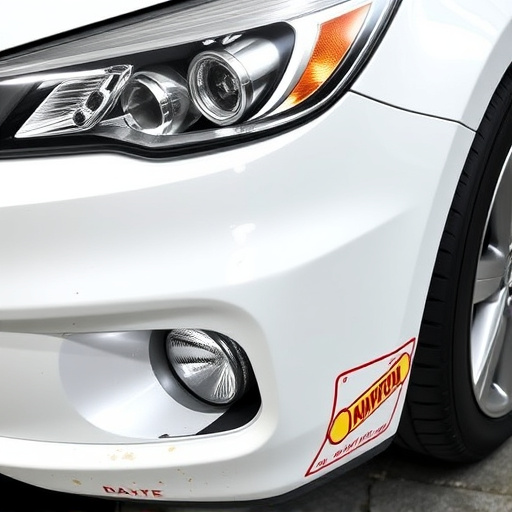
The installation of tempered glass can significantly contribute to energy conservation efforts, making it a smart choice for eco-conscious homeowners and businesses. This robust material plays a dual role in improving energy efficiency. Firstly, its high thermal insulation properties help regulate indoor temperatures, reducing the reliance on heating or cooling systems. In colder climates, tempered glass retains heat within spaces, while in warmer regions, it prevents excessive heat gain, thereby decreasing energy consumption for temperature control.
Moreover, tempered glass installation can lead to substantial savings in energy costs associated with auto body repairs and collision damage scenarios. Unlike traditional glass, tempered glass is designed to withstand higher impacts without shattering into sharp fragments, reducing the need for extensive auto body repairs. This characteristic not only minimizes disruption in transportation but also saves energy that would otherwise be consumed during the repair process at car repair shops.
Best Practices for Maximizing Energy Efficiency with Tempered Glass
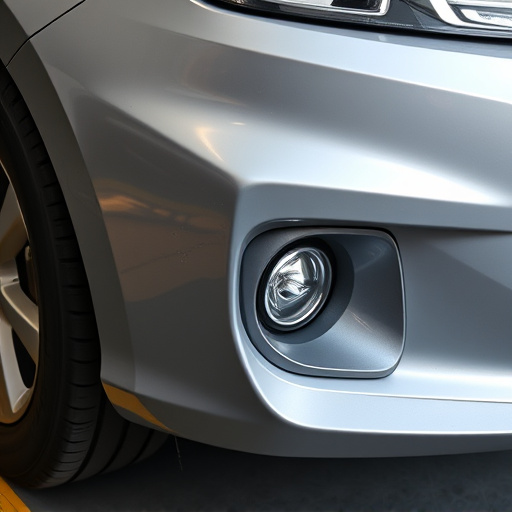
To maximize energy efficiency with tempered glass installation, consider these best practices. First, ensure proper sealing during installation to prevent heat transfer and maintain consistent indoor temperatures. This is crucial for reducing energy consumption, especially in extreme weather conditions. Second, incorporate tempered glass into windows and doors designed for optimal insulation, further enhancing energy savings.
Additionally, regular auto glass replacement using tempered glass can significantly improve vehicle repair services’ overall fuel efficiency by minimizing heat loss or gain through the car’s windows. This benefit extends to car dent repair as well, where using high-quality, energy-efficient tempered glass can contribute to a more sustainable and cost-effective solution for vehicle restoration.
Tempered glass plays a significant role in enhancing energy efficiency, as its unique properties and benefits contribute to reduced energy consumption. By understanding the impact of tempered glass installation and implementing best practices, we can navigate towards more sustainable and cost-effective buildings. This strategic approach not only minimises energy wastage but also provides long-term solutions for efficient temperature regulation, making it an essential consideration for any eco-conscious construction project.

